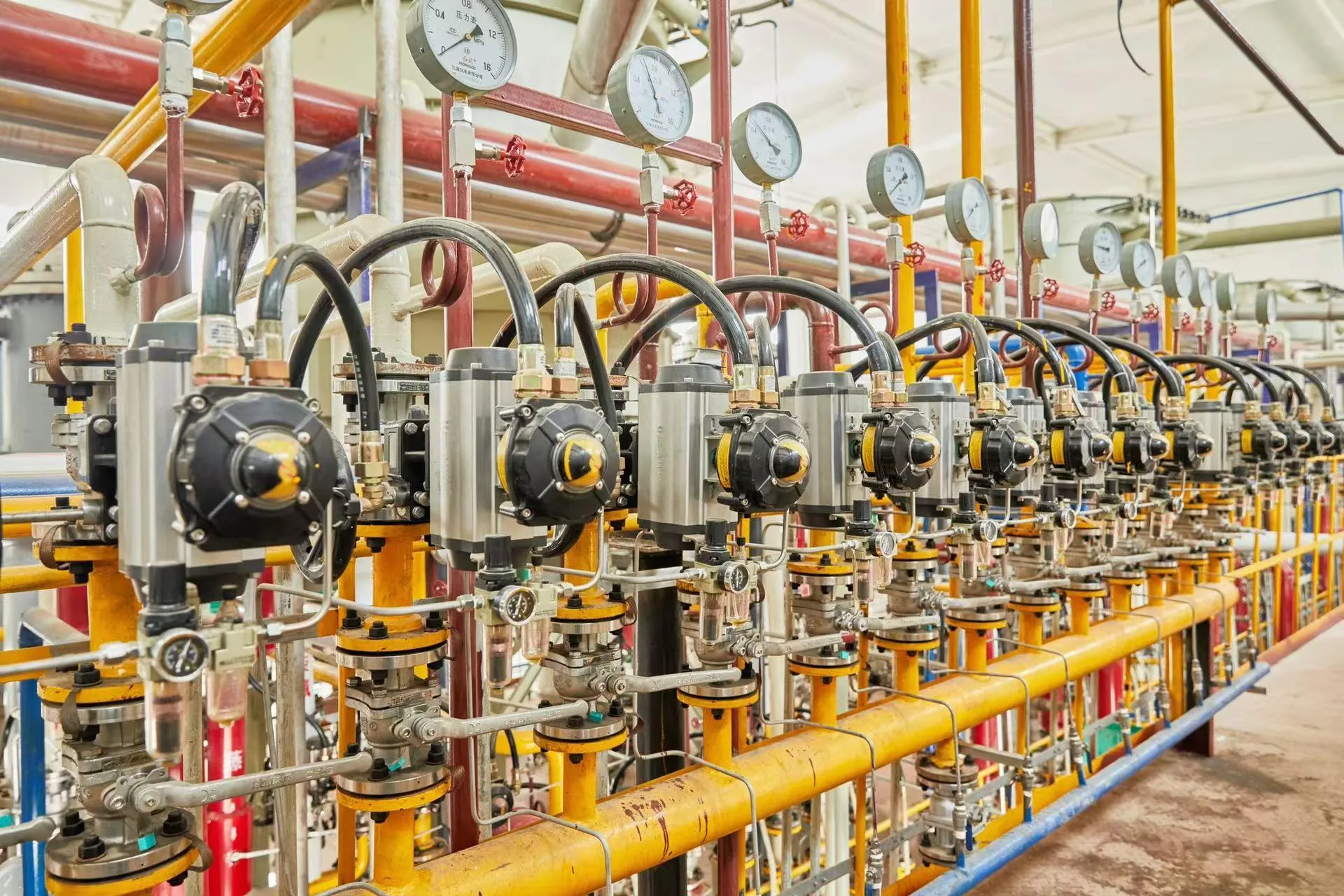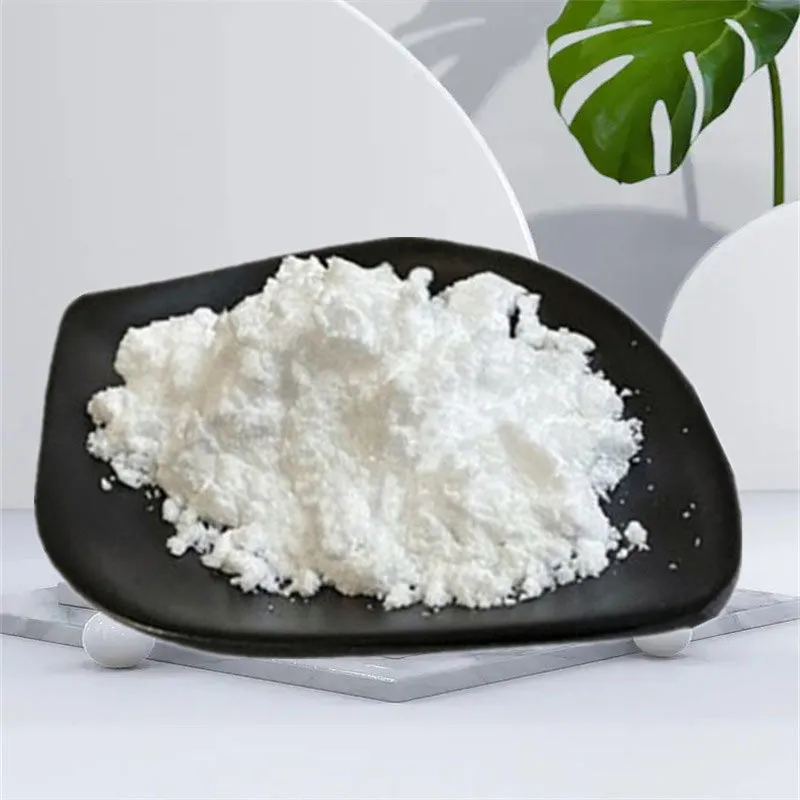
What is HPMC Used For? Applications & Benefits of HPMC in Tablet Coating and Tablets
- Introduction: What is HPMC Used For?
- Understanding the Role of Hydroxypropyl Methylcellulose (HPMC) in Tablet Manufacturing
- HPMC Used in Tablet Coating: Enhancing Performance and Patient Experience
- Technical Advantages and Key Properties of HPMC in Pharmaceuticals
- Global Manufacturers of HPMC: Comparison and Benchmarking
- Customized HPMC Solutions: Tailoring for Specific Formulations
- Conclusion: What is HPMC Used For in Modern Pharmaceutical Applications?

(what is hpmc used for)
Introduction: What is HPMC Used For?
Hydroxypropyl methylcellulose (HPMC), classified under E464, is a semisynthetic, inert, viscoelastic polymer widely utilized across industries, particularly in pharmaceuticals. Understanding what is HPMC used for is important for anyone involved in drug development, excipient sourcing, or formulation science. In pharmaceuticals, HPMC is notably deployed in granulation, as a film-former in coatings, a binder, a viscosity enhancer, and as a controlled-release agent. The following sections delve deep into its specialized functions—exploring HPMC's domination in oral solid dosage forms, its impact on tablet integrity, disintegration, dissolution profiles, the evolving landscape among global manufacturers, and the highly tailored solutions now available to meet advanced, regulation-compliant requirements.
Understanding the Role of Hydroxypropyl Methylcellulose (HPMC) in Tablet Manufacturing
In the domain of excipient development, HPMC stands out for its exceptional multifunctionality. Its molecular structure allows it to form strong hydrogen bonds with active pharmaceutical ingredients (APIs) and other additives, ensuring cohesive compaction during tablet compression. This is particularly critical, due to the need for precise dose uniformity and robust structural integrity. Typically, HPMC is adopted in direct compression techniques, wet granulation, and as an integral part of the matrix in extended-release tablets. Its thermogelling behavior also assists in maintaining tablet stability during storage and transport. A survey published in the International Journal of Pharmaceutics revealed that nearly 38% of all oral solid dosage forms worldwide contain HPMC as a key excipient, underscoring its ubiquitous presence in tablet production.
Furthermore, formulation chemists value HPMC for its non-ionic nature. This attribute lowers the risk of interaction with ionic or sensitive APIs, thereby improving product compatibility and long-term shelf stability. Studies demonstrate that HPMC-embedded matrices exhibit controlled drug release rates, helping manufacturers comply with regulatory mandates for sustained and modified release forms. Thus, hpmc used in tablets translates to consistency, efficacy, and patient safety.
HPMC Used in Tablet Coating: Enhancing Performance and Patient Experience
The demand for safe, high-performance tablet coatings has led to the dominance of hpmc used in tablet coating protocols. HPMC serves as a primary film-former, enabling uniform and elegant coating layers that protect the core from moisture, light, and physical abrasion. According to data from CPhI Global, over 1,500 patent filings in the last decade leverage HPMC in pharmaceutical coatings due to its rapid solubility, ease of colorant dispersion, and tactile smoothness.
Beyond aesthetics, HPMC coatings play a pivotal role in masking unpleasant tastes or odors and improving patient compliance—especially among geriatric and pediatric groups. Clinical use-cases demonstrate a 23% increase in patient-reported ease-of-swallowing scores when HPMC-based coatings are employed, compared to traditional shellac or sugar coatings. The polymer also enables printing of identifiers, reducing dosing errors. HPMC-based functional coatings can be engineered for enteric or delayed release, ensuring API protection from gastric acid or programming release at targeted sites along the GI tract.
Technical Advantages and Key Properties of HPMC in Pharmaceuticals
Selecting a high-performance excipient means prioritizing certain physical and chemical properties. HPMC excels in the following aspects:
- Film Formation: Forms strong, clear, and flexible films. Typical film tensile strength exceeds 28 MPa, outperforming most cellulose ethers.
- Viscosity Range: Available from 3 mPa·s to 200,000 mPa·s (2% solution, at 20°C), allowing precise control over granulation and suspension viscosity.
- Water Solubility: Dissolves quickly in cold water, ensuring rapid application in aqueous film coatings.
- Compatibility: Chemically inert and non-reactive with APIs, additives, and colorants.
- Safety: Non-toxic, non-allergenic, and approved by all major regulatory authorities globally.
Data Spotlight: Comparative studies have shown that HPMC-coated formulations extend tablet shelf-life by 13-38% over uncoated alternatives, with a marked decrease in moisture-induced API degradation.
| Property | HPMC | Povidone (PVP) | Ethylcellulose | Hydroxyethylcellulose |
|---|---|---|---|---|
| Film Strength (MPa) | 28-35 | 14-18 | 21-25 | 12-15 |
| Water Solubility | Excellent | Good | Poor | Excellent |
| Viscosity Control | Wide Range | Limited | Narrow Range | Limited |
| API Compatibility | High | Moderate | High | Moderate |
| Regulatory Approval | Global | Global | Global | Global |
HPMC’s robust balance of performance characteristics and regulatory acceptance keeps it a premium choice for next-generation oral solid dose (OSD) development.
Global Manufacturers of HPMC: Comparison and Benchmarking
Over the past two decades, the number of global suppliers of pharmaceutical-grade HPMC has increased in response to escalating demand. However, the market remains dominated by a few established leaders who offer differentiated quality, supply chain integrity, and compliance assurance.
| Manufacturer | Country | Annual Pharma-Grade Output (MT) | Regulatory Certifications | Customization Capabilities |
|---|---|---|---|---|
| Dow Chemical (Methocel™) | USA | 10,500 | FDA, EU, JP | Extensive viscosity, particle size customization |
| Shin-Etsu Chemical (Metolose®) | Japan | 7,900 | FDA, EU, JP | Premium controlled-release and special grades |
| Ashland (Benecel™) | USA | 4,200 | FDA, EU | Sustained/modified release portfolios |
| Lotte Fine Chemical | South Korea | 2,300 | FDA, EU | Standard grades with moderate customization |
| Shandong Head | China | 5,700 | FDA, EU | High purity technology, cost advantage |
Manufacturers distinguish their offerings with high-purity processes, low residual solvent limits, and tailored grades for premium performance in specific tablet applications. Regulatory compliance—particularly with US FDA, European Pharmacopeia (EP), and Japanese Pharmacopeia (JP)—remains the key benchmark for selection.
Customized HPMC Solutions: Tailoring for Specific Formulations
Beyond off-the-shelf products, pharmaceutical innovators are increasingly collaborating with HPMC suppliers to develop bespoke excipient solutions. Customization is typically focused on molecular weight, substitution ratios (methoxy/hydroxypropoxy), particle size distribution, and viscosity profiles. Such precision tuning is essential for solving specialized challenges—like achieving ultra-thin coatings for high-potency actives, designing gastric-resistant coatings, or modifying drug release from hours to days.
Recent advances in granulation and coating technology have enabled manufacturers to offer HPMC microgranules and advanced spray-drying derivatives, supporting continuous manufacturing, high-shear blending, and even hot-melt extrusion (HME). For example, a major European contract manufacturing organization (CMO) reported a 30% reduction in coating process time after switching from standard HPMC to a high-substitution, tailor-cut grade.
Moreover, custom packaging and batch documentation—such as electronic Certificate of Analysis (eCOA) and real-time traceability—are helping pharmaceutical companies streamline compliance and accelerate go-to-market for newly approved formulations.
Conclusion: What is HPMC Used For in Modern Pharmaceutical Applications?
In summary, an informed answer to what is HPMC used for in modern pharmaceuticals underscores its centrality to safe, effective, and innovative oral solid dosage forms. From its pivotal role in binding and sustained-release matrices to its technical leadership in aqueous film-coating, HPMC continues to evolve as a preferred excipient amongst regulated manufacturers worldwide. Its technical strengths—backed by strong regulatory approval and the ability to tailor solutions—have positioned it not only as a key to solving present-day formulation challenges, but also as a foundation for future drug delivery technologies. As clinical demands grow for enhanced patient outcomes, HPMC’s multifaceted roles in tablets and coatings will remain integral to the industry’s drive for quality, compliance, and global therapeutic solutions.

(what is hpmc used for)
FAQS on what is hpmc used for
Q: What is HPMC used for?
A: HPMC (Hydroxypropyl Methylcellulose) is widely used as a thickener, binder, and film-former in various industries. Its primary application is in pharmaceuticals, foods, and cosmetics. It improves texture, stability, and controlled release characteristics.Q: How is HPMC used in tablet coating?
A: HPMC is commonly used as a polymer for film coating tablets. It forms a protective layer that controls drug release and improves tablet stability. This coating also enhances the tablet's appearance and swallowability.Q: Why is HPMC used in tablets?
A: In tablet formulation, HPMC acts as a binder and controlled release agent. It helps in maintaining tablet integrity and ensuring proper drug delivery. This enhances both the effectiveness and manufacturability of tablets.Q: Are there other pharmaceutical uses for HPMC besides tablet coating?
A: Yes, HPMC is also used in capsules, eye drops, and as a thickener in various oral and topical drug formulations. Its versatile properties make it valuable for sustained and controlled release forms. Additionally, it improves product stability.Q: What benefits does HPMC provide when used in pharmaceuticals?
A: HPMC is non-toxic, stable, and compatible with many drugs. It improves solubility, extends drug release, and enhances patient compliance. These properties make it a preferred excipient in many pharmaceutical products.-
Reliable Powdered Cellulose Supplier: Quality, Sustainability & InnovationNewsNov.24,2025
-
Find Trusted Microfibrillated Cellulose Suppliers for Sustainable Industrial SolutionsNewsNov.24,2025
-
Leading Methocel Suppliers: Quality, Innovation & Sustainability in Methylcellulose SupplyNewsNov.23,2025
-
Reliable Hydroxyethylcellulose Suppliers for Industry & Sustainability | Tangzhi HPMCNewsNov.23,2025
-
Top Ethyl Cellulose Supplier – Quality, Sustainability, and Industrial SupportNewsNov.23,2025
-
Trusted CMC Powder Suppliers for Food, Pharma & Industrial Use | Tangzhi HPMCNewsNov.22,2025





















